🧴 Puppy Care Guide: Keep Your Puppy Happy and Healthy
🐾 Introduction
Feeding your puppy properly is one of the most important responsibilities of dog ownership.
The food you choose today determines how your puppy grows — from muscle development to bone health and energy levels.
But between kibble, wet food, raw diets, and countless feeding charts, it’s easy to get lost.
This guide will help you understand exactly what, how much, and when to feed your puppy, backed by veterinary advice and years of experience from professional trainers.
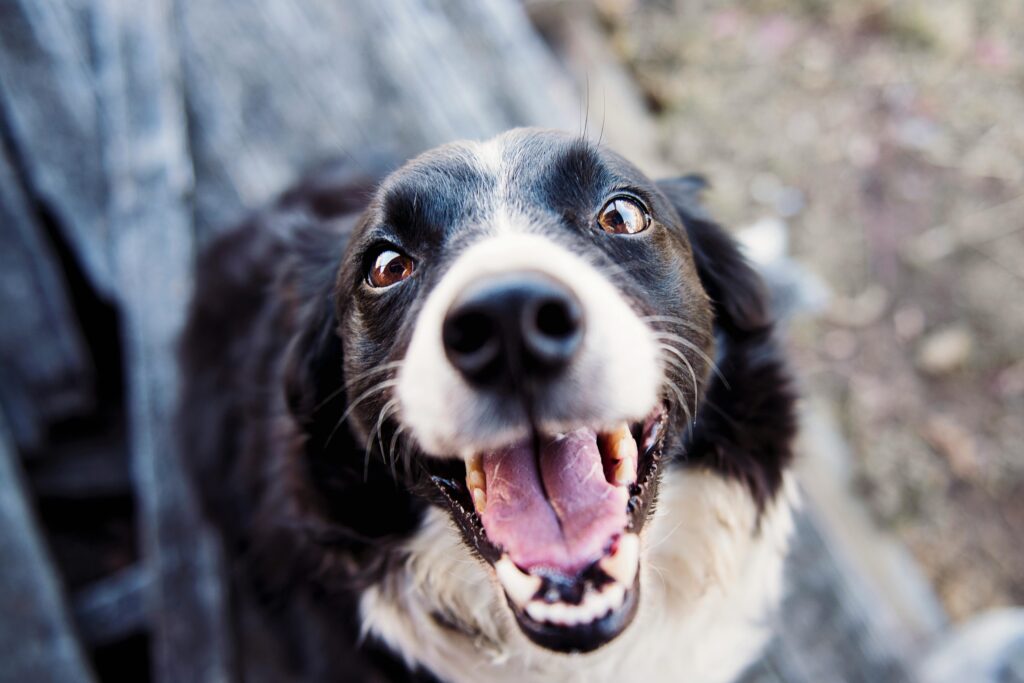
🍗 Why Proper Nutrition Matters
Your puppy’s body grows faster during the first year than at any other time.
Each meal supports:
- 🦴 Bone growth and joint strength
- 💪 Muscle development
- 🧠 Brain and vision health (Omega-3 DHA)
- 💓 Heart and immune system support
A balanced diet isn’t about giving more — it’s about giving the right nutrients in the right amounts.
⚠️ Overfeeding doesn’t mean faster growth — it can actually cause joint damage, especially in large breeds.

🕒 How Often Should You Feed a Puppy?
Puppies need small, frequent meals. Their tiny stomachs can’t handle too much food at once.
| Age | Meals per Day | Example Feeding Times |
|---|---|---|
| 2–3 months | 4 meals | 7 am, 12 pm, 5 pm, 9 pm |
| 3–6 months | 3 meals | 7 am, 1 pm, 7 pm |
| 6–12 months | 2 meals | 8 am, 6 pm |
💡 Consistency builds routine. Feed at the same times daily to help regulate digestion and support house-training.

🧮 How Much Should You Feed Your Puppy?
The amount depends on age, breed, activity level, and food type.
| Puppy Weight | Daily Food (Dry Kibble) | Notes |
|---|---|---|
| 2–5 kg | ½–1 cup | Toy breeds & small puppies |
| 6–10 kg | 1–1½ cups | Medium-sized puppies |
| 11–25 kg | 2–3 cups | Large breeds |
| 25 kg + | 3–4 cups + | Adjust per vet guidance |
🧠 Always follow your dog food’s feeding chart — every formula differs slightly.
Tip: Monitor your puppy’s ribs — you should feel them easily but not see them.
If the ribs are invisible and hard to feel, your puppy may be overweight.

🥩 Types of Puppy Food: Which One Is Best?
Each food type has pros and cons. What matters most is quality, digestibility, and your puppy’s preference.
1️⃣ Dry Kibble
- ✅ Convenient, affordable, cleans teeth naturally
- ⚠️ Ensure high protein (22–30%) and small kibble size
2️⃣ Wet Food (Canned)
- ✅ High moisture (great for hydration)
- ⚠️ Shorter shelf life once opened
3️⃣ Raw or BARF Diet
- ✅ Natural and nutrient-rich when balanced correctly
- ⚠️ Must be vet-supervised — contamination risk if mishandled
4️⃣ Mixed Feeding
Many owners use both wet and dry food for variety.
Example: Morning kibble + evening wet mix.
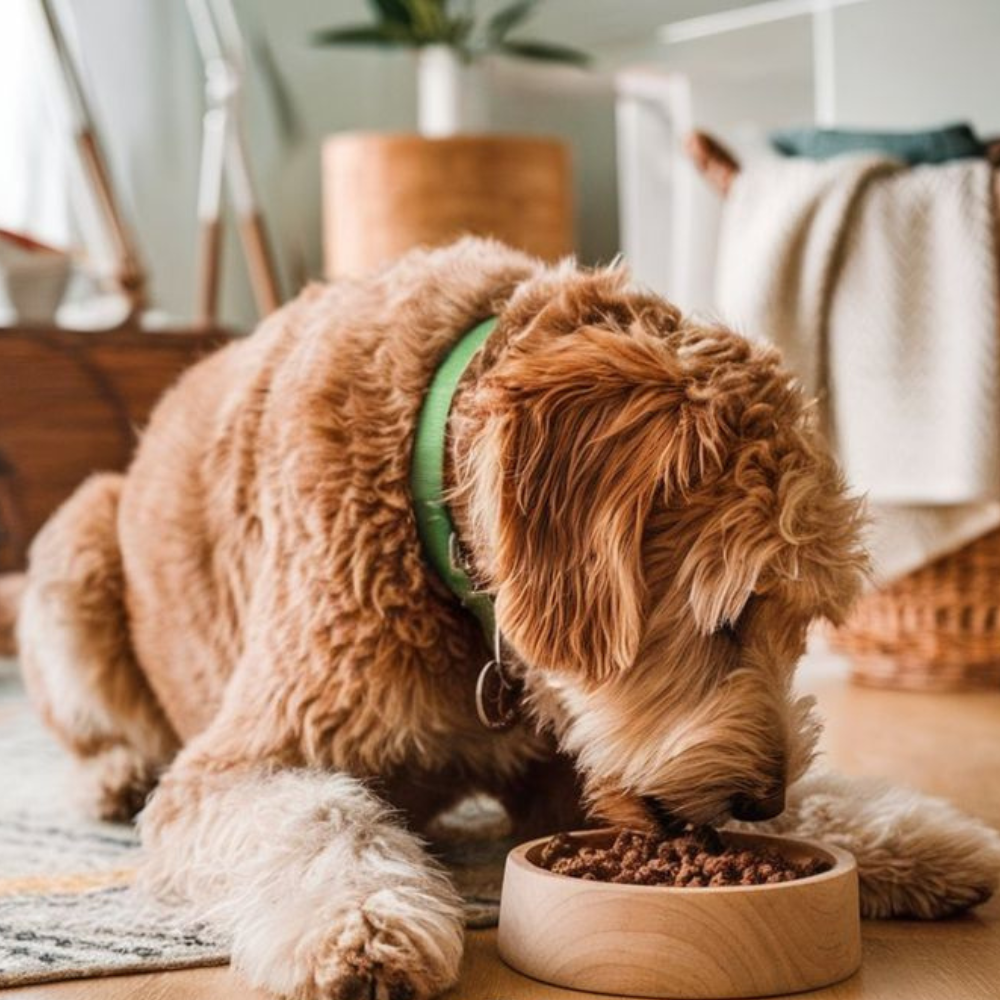
🏷️ Recommended Puppy Food Brands (Vet Approved)
| Brand | Key Benefits | Ideal For |
|---|---|---|
| Royal Canin Puppy | Breed-specific formulas, supports digestion | All breeds |
| Hill’s Science Plan | Vet-approved balance, good for sensitive stomachs | Small & medium breeds |
| Purina Pro Plan | High protein, DHA for brain development | Active breeds |
| Blue Buffalo Life Protection | Natural ingredients, no fillers | Health-conscious owners |
| Wellness Core Puppy | Grain-free, rich in chicken & turkey | Allergic or picky eaters |
💬 Whichever brand you choose, transition slowly over a week to avoid stomach upset.

🍪 Treats, Snacks & Supplements
🎯 Rule of Thumb
Treats = no more than 10% of total daily calories.
Use them for training or bonding moments.
Choose soft, bite-sized treats such as:
- Cooked chicken or turkey pieces
- Carrot or apple slices
- Store-bought training treats (low-fat)
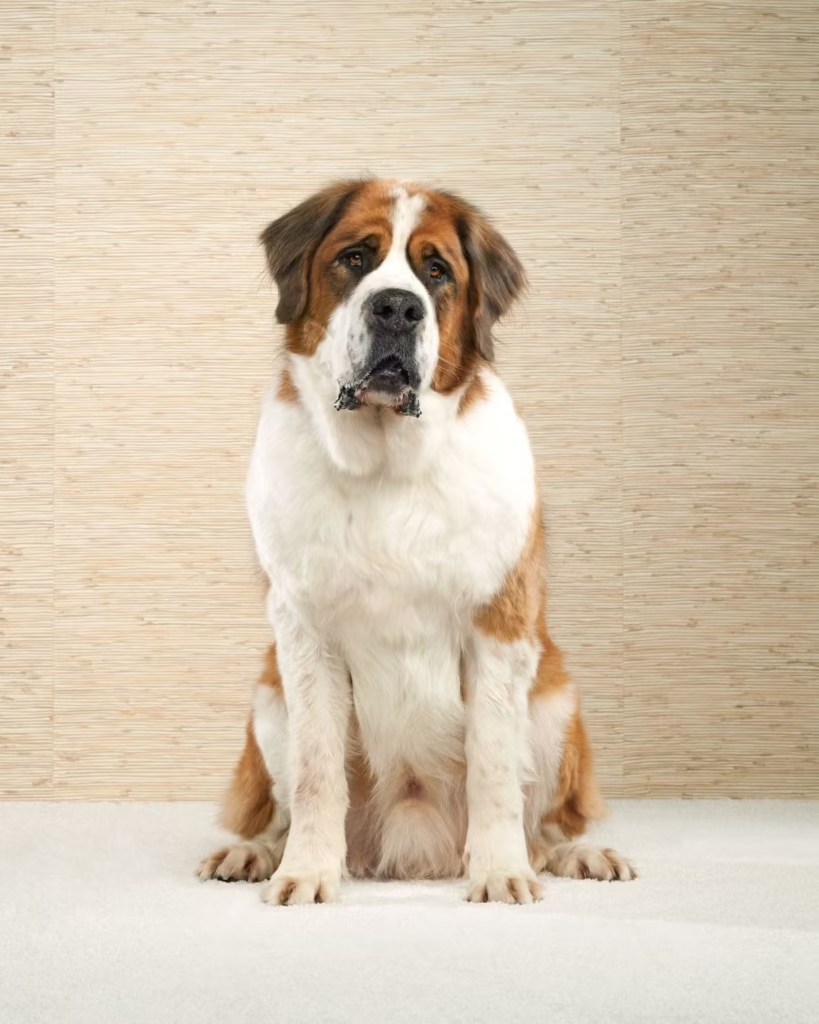
💊 Supplements
Most quality puppy foods are complete — avoid unnecessary extras unless advised by a vet.
Common recommended ones:
- Omega-3 oils: coat & brain health
- Calcium: for large-breed puppies
- Probiotics: digestion and gut health
⚠️ Too much calcium can damage developing bones — always follow veterinary dosage.
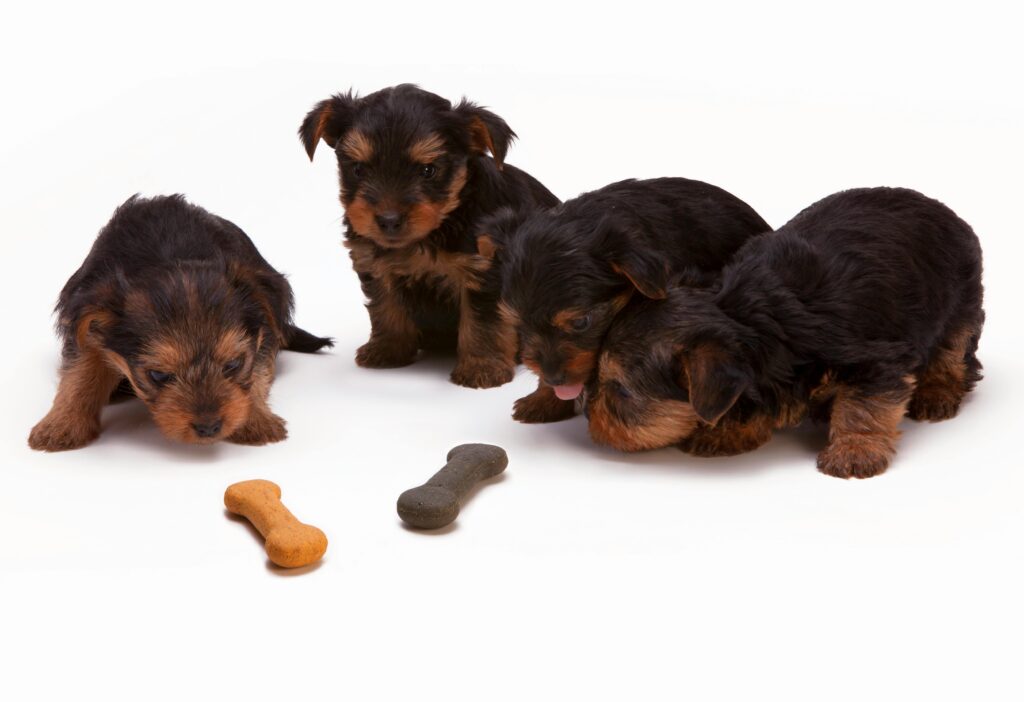
🚫 Common Puppy Feeding Mistakes
| Mistake | Why It’s a Problem | Fix |
|---|---|---|
| Overfeeding | Causes obesity and joint pain | Measure portions with a cup |
| Free-feeding (food always available) | Leads to overeating | Scheduled meals only |
| Frequent food changes | Upsets digestion | Transition over 5–7 days |
| Feeding adult food too early | Lacks growth nutrients | Use puppy formula until 12–18 months |
| Too many treats | Imbalances diet | Use for training only |
🐶 Your puppy’s stomach is sensitive — stability is your best friend.

🧘♂️ Establishing a Feeding Routine
1️⃣ Pick a calm spot — away from foot traffic and noise.
2️⃣ Set fixed meal times and remove uneaten food after 15 min.
3️⃣ Clean water available 24/7.
4️⃣ Observe stool quality: soft but formed = good digestion.
Regularity creates security — your puppy will learn when to expect food and feel calm.
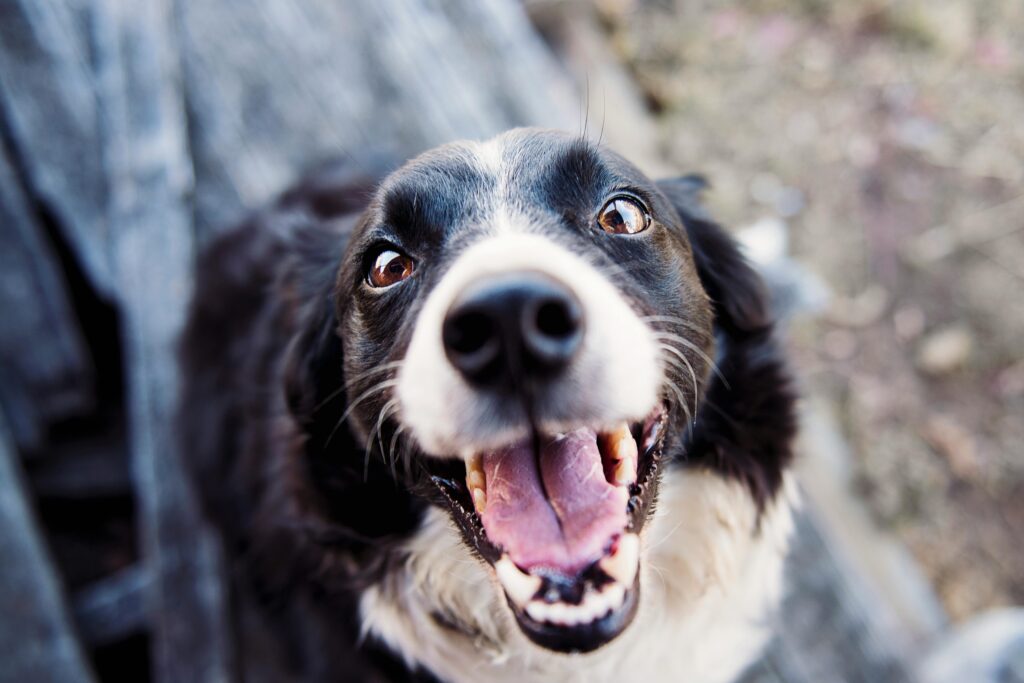
🌿 Special Diets and Sensitivities
Some puppies have allergies or food intolerances. Watch for:
- Itchy skin
- Diarrhea or vomiting
- Excessive paw licking
Switch to limited-ingredient or grain-free formulas if needed.
Consult your vet for allergy testing.
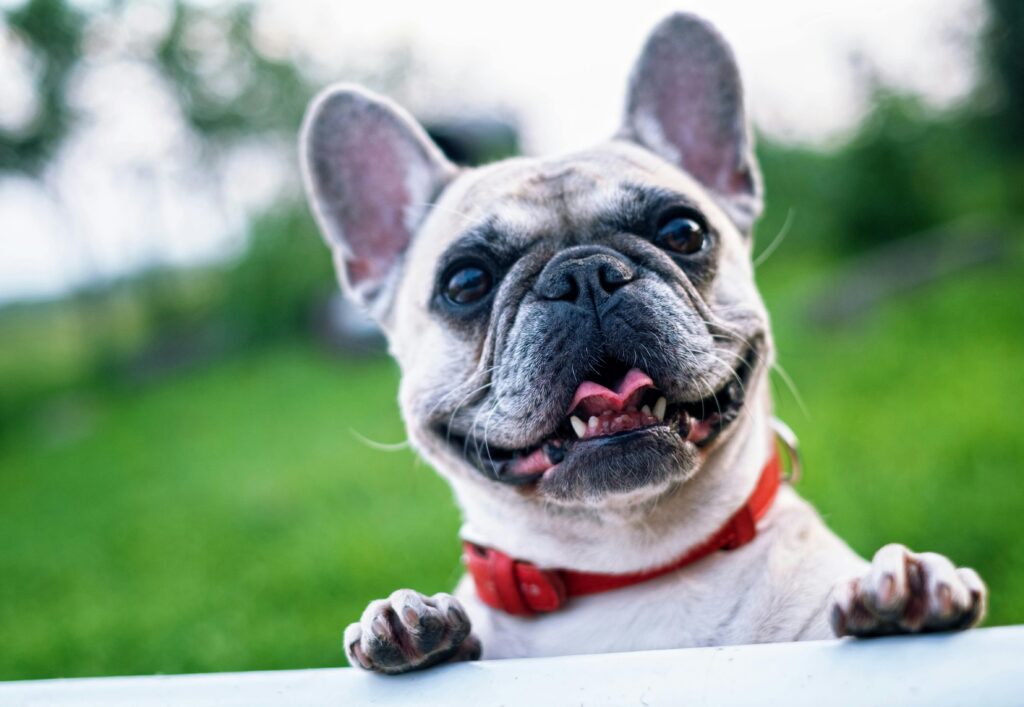
💧 Water: The Forgotten Nutrient
Hydration supports digestion, temperature regulation, and organ function.
Puppies need about ½ cup of water per pound (0.45 kg) of body weight per day, more if active or during hot weather.
💦 Keep bowls clean — change water at least twice daily.

🐶 Conclusion
Feeding your puppy correctly is an act of love.
With the right nutrition, routine, and attention, you’ll help your puppy develop into a healthy, confident, and energetic adult dog.
💖 Feed with care, stay consistent, and always listen to your puppy’s body — they’ll thank you with wagging tails and bright eyes.
💬 Puppy Feeding FAQ
Can I give my puppy human food?
Only safe foods like boiled chicken, carrots, or plain rice — avoid onions, garlic, chocolate, and bones.
When should I stop puppy food?
At 12 months for small breeds, up to 18 months for large breeds.
My puppy doesn’t finish meals — is it normal?
Yes. As they grow, appetite fluctuates. Stay consistent with portions.
Should I add milk to my puppy’s food?
No — most dogs are lactose intolerant. Use water or puppy formula instead.
How do I switch food safely?
Mix 25% new food + 75% old for two days, then 50/50, then 75/25, until fully transitioned.


Leave a Reply